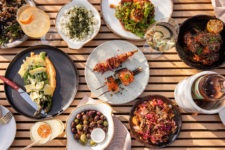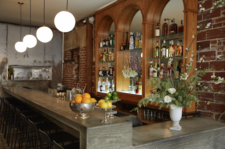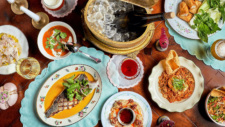
Why the Westside Is So Hot Right Now
You know the type: small plates, raw and/or tinned fish, housemade bread, wood-fired vegetables. The natural wine is flowing, chill hip hop is blaring, and the fashion crowd is spilling out into a leafy patio, snacking on small plates from a guest chef popping in from Paris. The general aesthetic is Copenhagen meets Mexico City, but make it New York, then make it L.A.
Aside from fashion mullets and cigarettes (Westsiders would never), some pockets of the Westside restaurant scene are starting to look a lot like their neighbors to the east, historically home to more of the natural wine bars and vibey small plate purveyors that a writer might describe as “hip.” Newer Westside spots including (but not limited to) Crudo e Nudo, Isla, Bar Monette, Coucou, Dudley Market, and Le Great Outdoor, are, in mood and food, reminiscent of the spots the creative class flocks to in Silver Lake and Echo Park.
The Westside I grew up in in the ‘90s was painfully homogenous and, frankly, boring, food-wise and beyond. So what’s changed west of the 405 to open the door for this cool factor to trickle in in recent years? And why now? We spoke to several restaurateurs and a local real estate agent to make sense of it all.


A large piece of the “Why-the-Westside-now??” puzzle is rather unhip, because it has to do with real estate prices. John Moudakis, an agent with PAR Commercial Brokerage in Santa Monica, represents both landlords and tenants (many are restaurant owners), and has facilitated over 500 lease agreements. He explains the price of commercial real estate has gone down on the Westside due to “the apocalypse.”
It’s a story many of us are familiar with: Covid shook everything up, and in doing so, reset our urban equilibrium and created a shift in the market. On the Westside, that meant real estate went from a pre-pandemic landlord’s market to a newfound tenant’s market, explains Moudakis, complete with rental incentives, deals, and relatively competitive prices.
In 2020, before the pandemic began, the average price per square foot for commercial real estate on Abbot Kinney and Ocean Front Walk was $15 to $20, according to Moudakis. After the pandemic hit, the rental prices in these two areas dropped to $12 to $15 per square foot, where they continue to hover. Just up from Venice lies Main Street in Santa Monica, which food writer Karen Palmer unexpectedly deemed “cool” last year, and where rental prices have dropped from $8-9 per square foot pre-pandemic to $6-7 mid-Covid, and a lower still $5-6 today.
Why are rental prices even lower now than they were during the pandemic? Moudakis explains that many mom-and-pop restaurants, as well as corporate, big-name operators shuttered once they stopped being able to use government money from the Restaurant Revitalization Fund (the grant ended on March 11th, 2023). “S— really hit the fan [after that],” Moudakis says, “So there were a lot of vacancies, which drove prices down.”
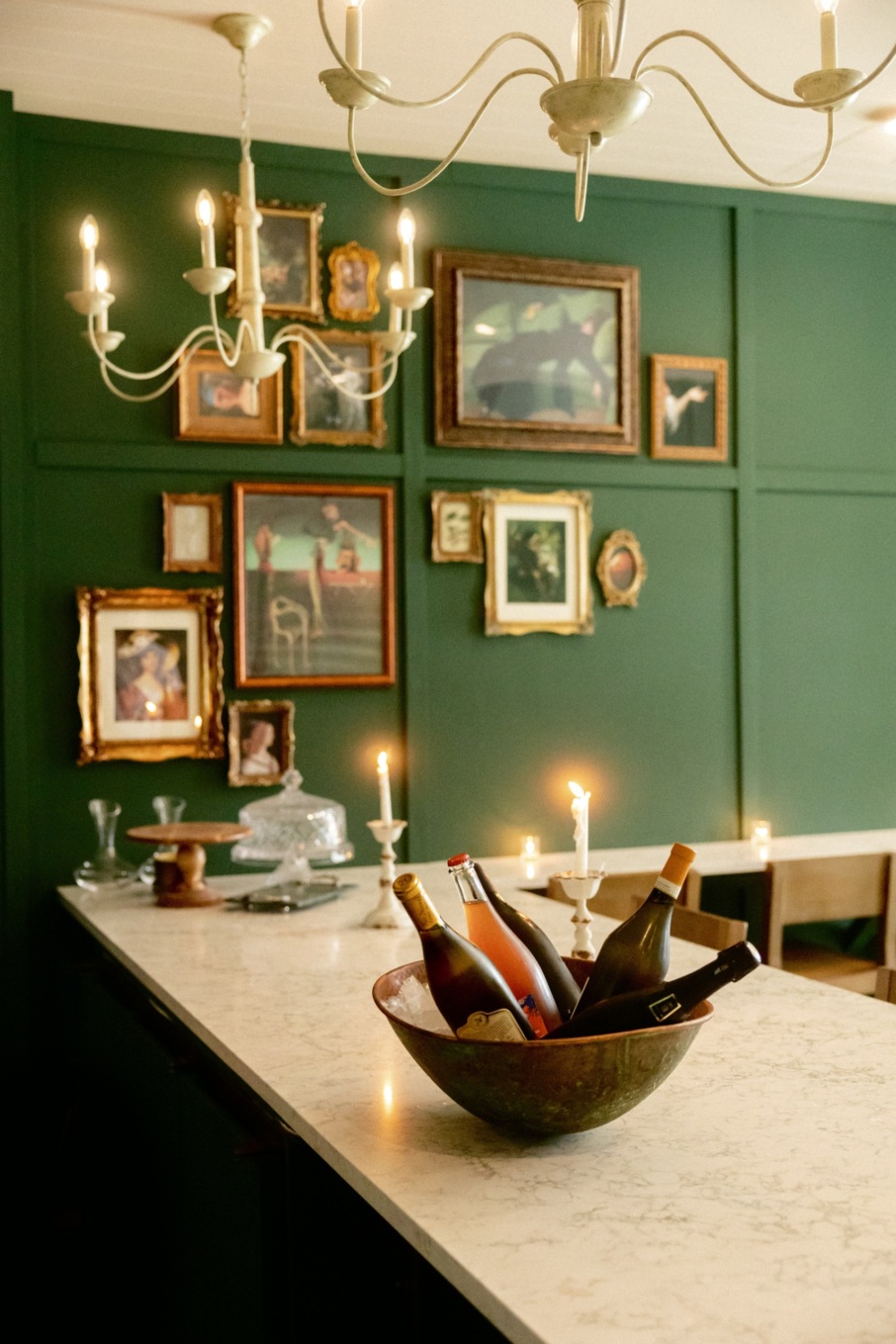
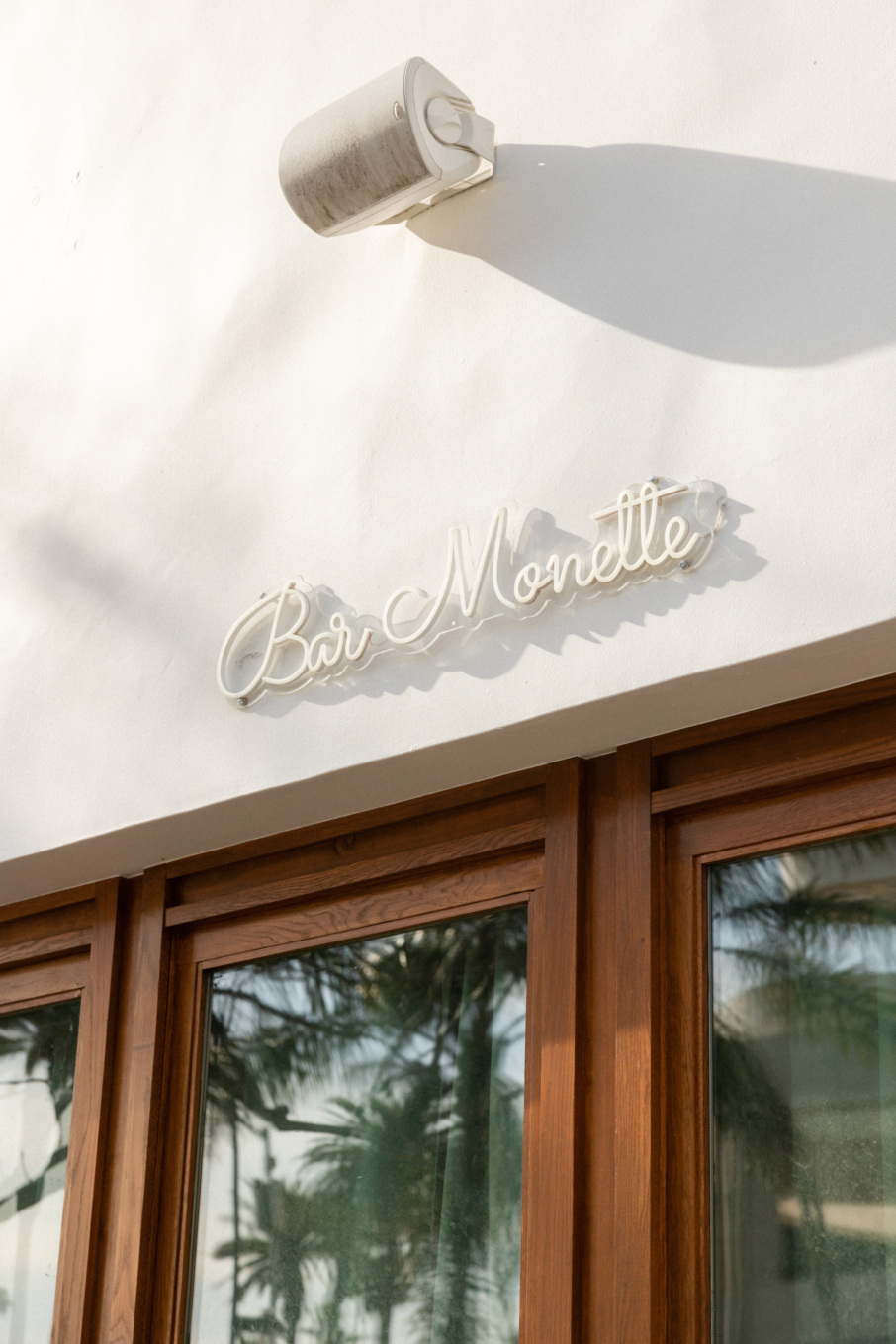
This rental price drop and rise in commercial vacancies isn’t unique to the Westside. But in this notoriously expensive area, a little bit of a drop goes a long way. “I think a lot of the new ‘hip’ spots here are a result of a handful of individuals versus a restaurant group,” says Hayley Feldman, co-owner of Coucou on Main Street. “The cost of entry might have restricted the former in the past, but that’s different now.”
Case in point: Crudo e Nudo, which wife-and-husband team Leena Culhane and Brian Bornemann opened in a former juice shop on Main Street in April of 2021 after both were furloughed from their previous restaurant jobs. The menu features mostly local, sustainably sourced raw seafood, including rockfish crudo, prawns a la plancha, and caviar nachos smothered in ikura and masago.
“We were excited about doing things differently,” Culhane says. “Everything from being able to afford the space that we took, to rewriting the kitchen and restaurant model, to restructuring distribution of labor and pay. We said, ‘we’ve basically seen that anything can happen, so let’s see what happens.’” Two years in, Crudo e Nudo has blossomed from a two-person show with takeout seafood and wine into an acclaimed sit-down destination, along with a second, much larger wood-fire restaurant down the street called Isla. The couple now employs a staff of 40.
Since Crudo e Nudo opened, an influx of new restaurants has come for Main Street (Vamos Vamos, Cobi’s, etc). Soon, there will be Triple Beam Pizza from the Silver Lake Wine folks, as well as a new tasting-menu restaurant from Dialogue and Pasjoli chef Dave Beran, and who knows what else… a second location of Capri Club, perhaps? Or a 99 Ranch Market? (Oh, right, that already happened.)
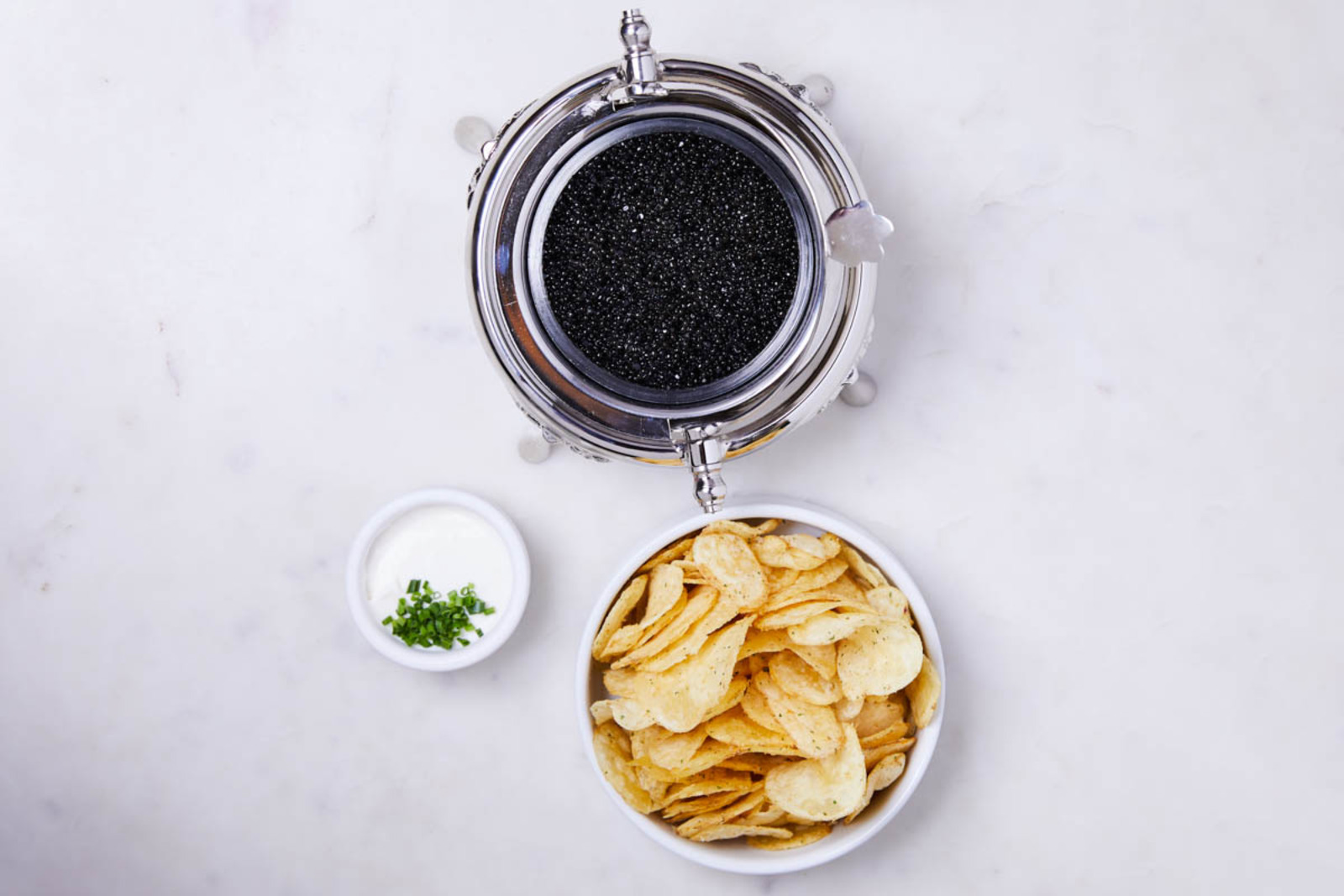
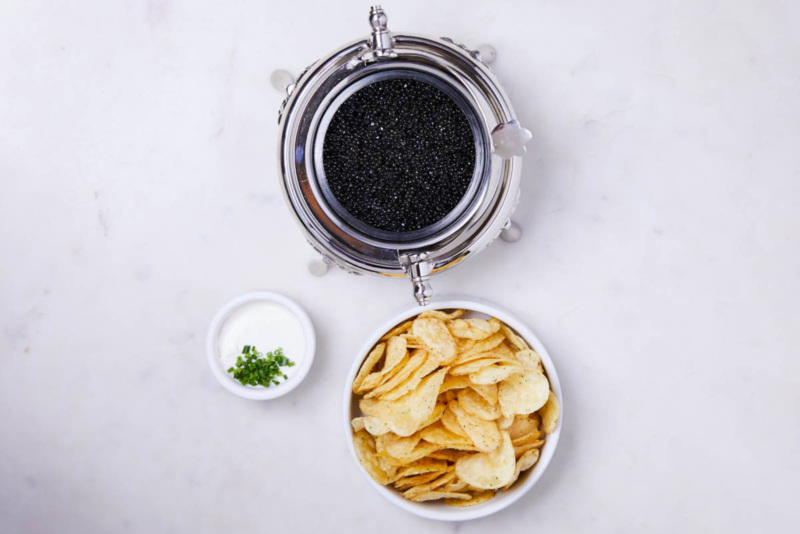
Another Covid-era shift: L.A. received an influx of transplants. Folks who just couldn’t hack being all cooped up in their New York City apartments came as far west as they could. “I personally know so many New Yorkers who moved here during the pandemic,” says Feldman. “A lot of them landed on the Westside, and a younger demographic started to arrive with a fresh perspective that the neighborhood seemed to lack.”
She says that while she wouldn’t exactly call the Westside at large “hipster” (correct), “I do think we’re seeing the perfect storm of creative professionals coming in from other parts of the world with new ideas and an appreciation for what the Westside has to offer, which is a laid-back vibe and a love for nature and the outdoors.” Maybe those transplants were blissfully unaware of the Westside’s reputation, or they otherwise didn’t care because they just wanted to be by the sea.
In 2019, chef Rudy Beuve moved to Los Angeles from Strasbourg, France. “Initially, I chose Venice Beach because of the convenience of living close to Gjusta, where I was working at the time,” he explains. “I ended up staying because I quickly fell in love with the lifestyle—the surf and skate culture, the creativity, and being surrounded by different kinds of people from different backgrounds,” he said.
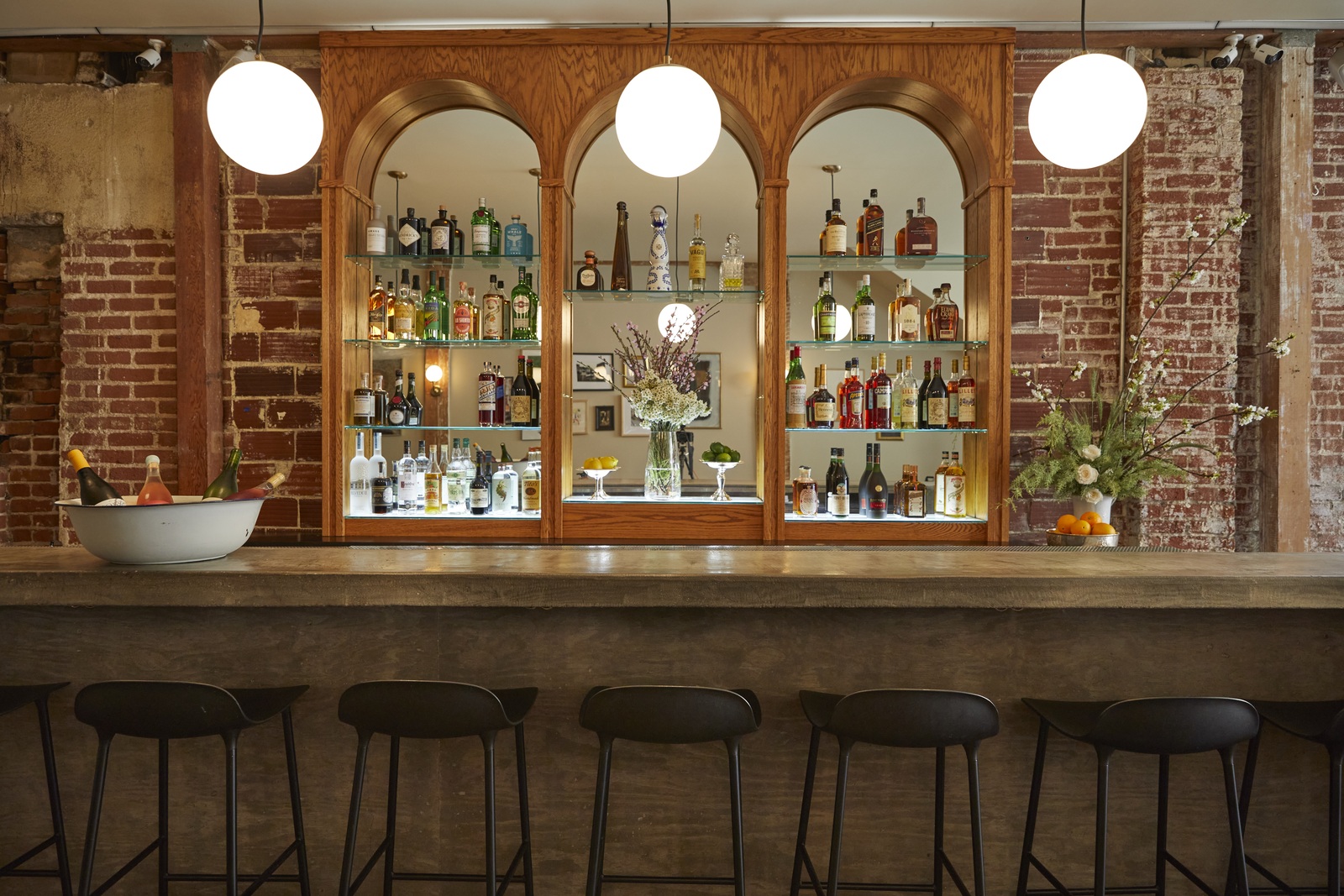
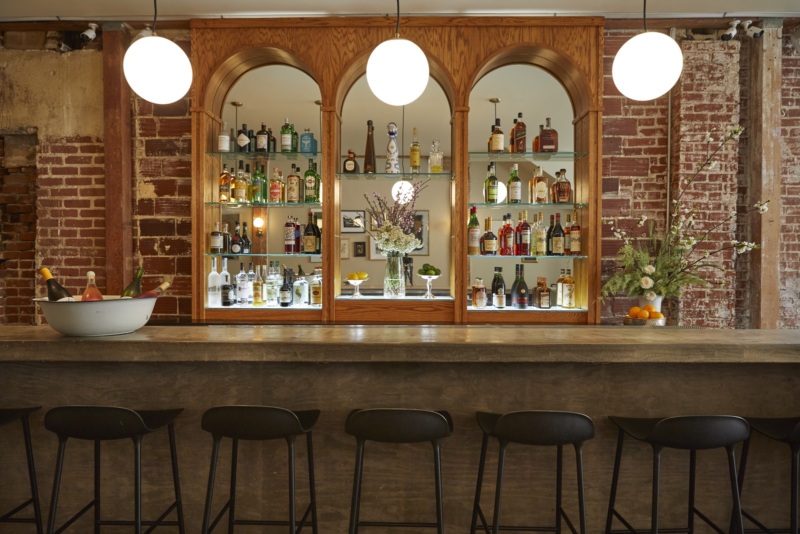
In Venice Beach, Bevue soon met another transplant, Pedro Mori, who moved from São Paulo, Brazil. The two connected over their shared vision for an unconventional, undeniably cool restaurant that would take place completely outdoors, dubbing it, appropriately, Le Great Outdoor. Located in Santa Monica, it’s the kind of spot that centers around wood-fired cooking and good wine, and occasionally has a DJ spinning vinyl.
If you grew up on the Westside, say, 20 to 30 years ago, and you stood in the middle of Le Great Outdoor with its charmingly non-traditional set up, vibed-out atmosphere, and marinated sardines with “tomato caviar,” you wouldn’t believe you were anywhere near home. But here we are, and it’s safe to say the old guard and newly initiated Westsiders alike are better because of this slow but steady cultural shift towards unstuffiness, sustainable practices, youth, low-intervention wines, and tinned fish and crudo plates.
Your Eastside friends might not be habitually racing to Mar Vista or Santa Monica to check out the newest spot, but they’re curious, and that’s a start. Who knows what comes next—a Westside version of The Ruby Fruit, or maybe an H Mart? Hey, anything is possible, now that the nabe is finally shaking things up.
Erin Mosbaugh is a food and travel writer from West L.A. who has worked in kitchens in New York and L.A. and co-created the James Beard Award-winning food site First We Feast. Follow her on Instagram and TikTok; follow Resy, too.
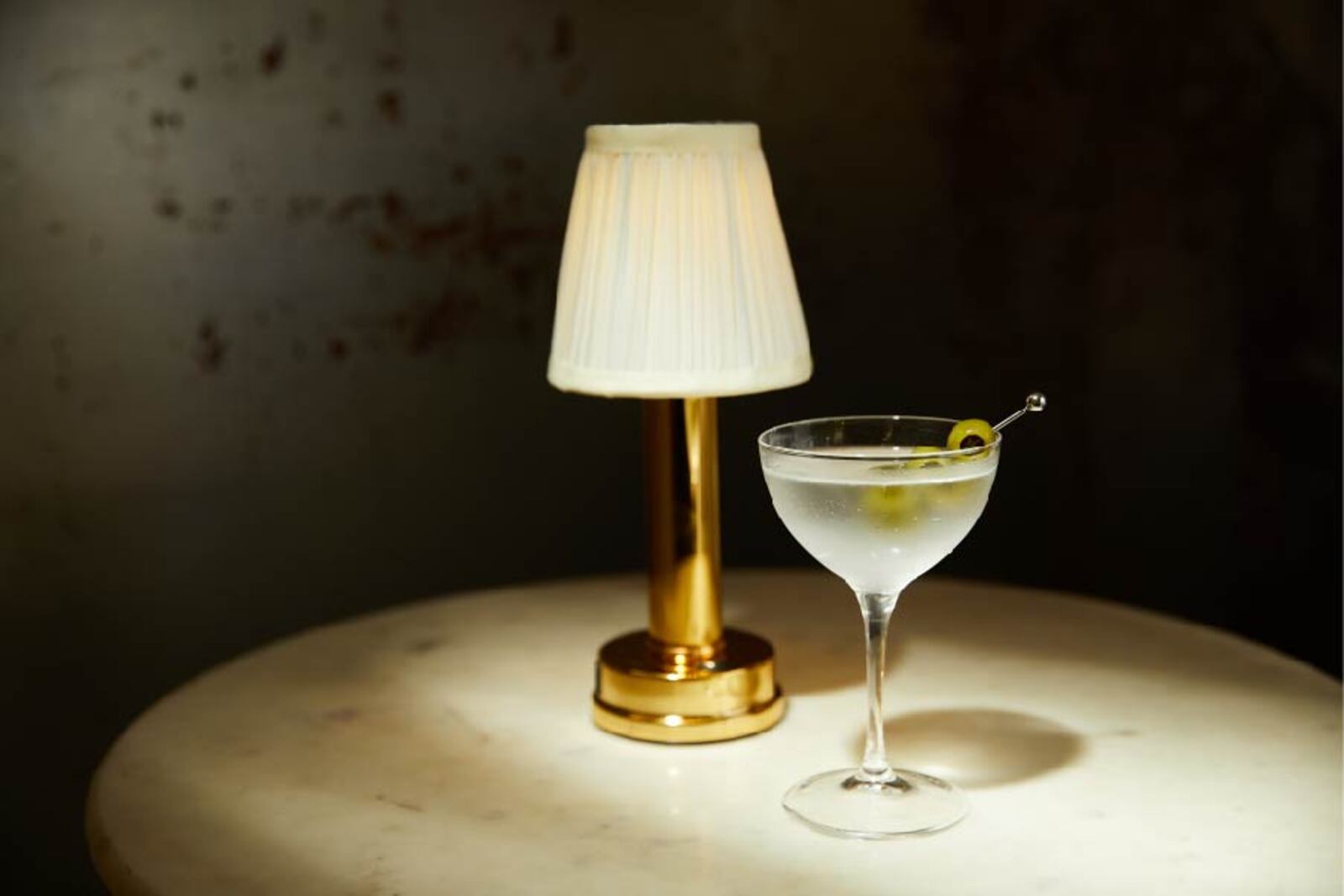
The Resy Guide to the Westside’s Coolest Spots
The Westside isn’t exactly cool, but its dining scene is palpably transforming into something much more intriguing than what we’ve…







